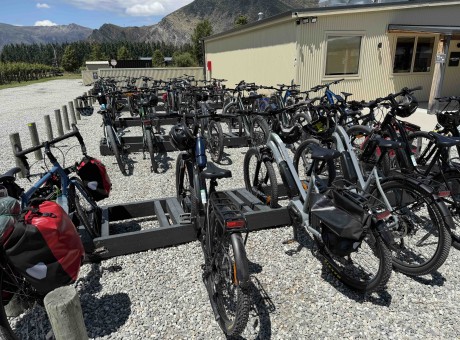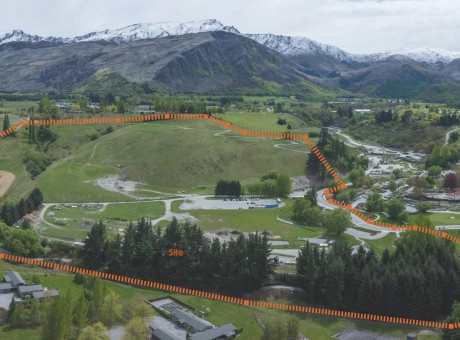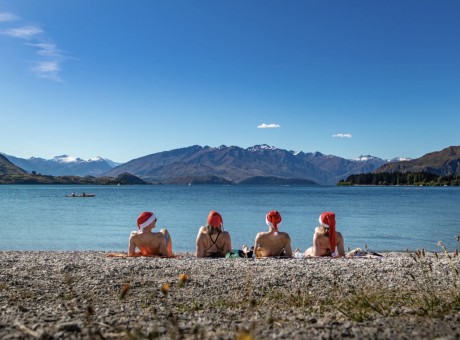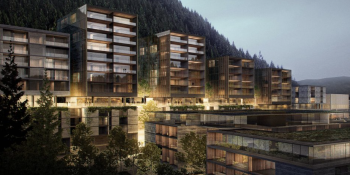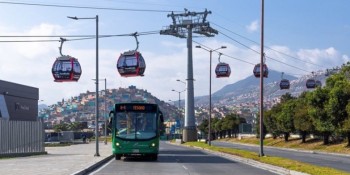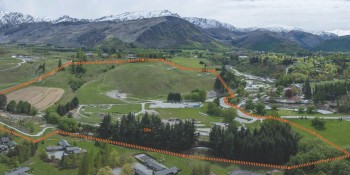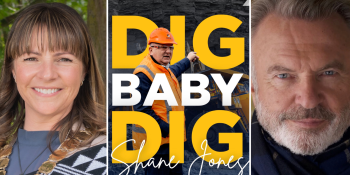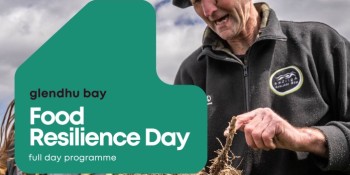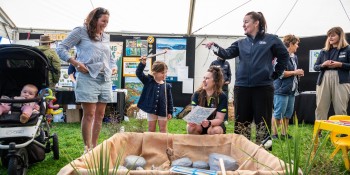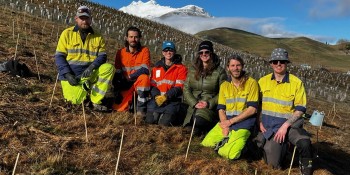Successful albatross breeding season

Juvenile toroa/northern royal albatross from Pukekura/Taiaroa Head have taken to the sky, marking the end of another successful breeding season.
Department of Conservation Coastal Otago Ranger Sharyn Broni says 33 chicks have successfully fledged from the colony and will now spend the next four to ten years at sea, before returning to Pukekura to breed.
“It was a fantastic breeding season, equalling last year for the most chicks successfully fledged in a season.
“A lot of effort goes into managing the colony to give toroa the best chance of success so it’s really rewarding to see another year of strong breeding.
“For example, this year, rangers fed an orphaned chick five times a week for more than four months after both of its parents did not return to the headland. This required over 100kg of fish and squid to sustain the chick at a healthy weight.”
Other work the rangers carry out includes weighing and monitoring chicks and supplementary feeding for those that are underweight, Sharyn says.
“We’re also researching where the fledging toroa go with two types of trackers.
“Global Location Sensors (GLS) were fitted to 20 fledglings, to record location data for three years. GLS tags record ambient light level to determine the birds’ approximate location. The data is stored so we will recover it from the tags when the birds return to the colony in four to ten years.
“Global Positioning System tracking tags were fitted to another 10 fledglings, thanks to crowdfunding by the Royal Albatross Centre. These trackers are solar powered and give us accurate, real-time updates of the bird’s position for about a year. Some of this year’s fledglings have almost made it to South America already.
“This data will be used to assist with DOC’s bycatch mitigation programme. Understanding where the birds go allows us to assess their direct risk from fisheries bycatch and fisheries overlap.”
Sharyn Broni says sadly, plastic pollution is a significant threat to toroa as birds can mistake floating plastic for food and eat it or feed it to chicks.
“Earlier this year, a ten-day-old chick died after ingesting soft plastic regurgitated by its parent. It was the first time we lost a chick in this way.”
Royal Albatross Centre Assistant Operations Laura Findlay says it’s been another great season for toroa at Pukekura, and visitors have enjoyed some excellent viewing watching the chicks grow into fully fledged birds.
DOC co-manages the albatross colony as part of Te Poari a Pukekura (the Pukekura Co-management Trust) alongside Te Rūnanga o Ōtākou, Korako Karetai Trust and Dunedin City Council, with the support of the Otago Peninsula Trust. The colony has grown from one breeding pair in 1937 to more than 60 pairs in 2024.
Main image (Supplied / M Hayward DoC): An albatross chick hatched at Taiaroa Head in June.





